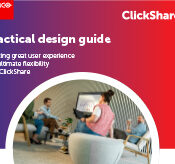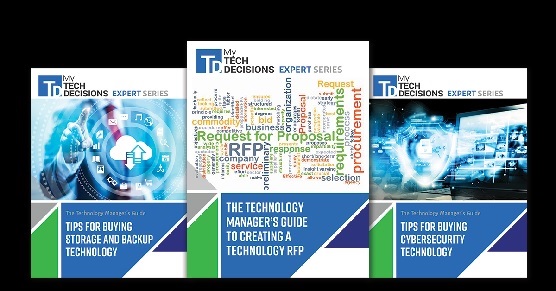Driven by Apple, Motherboard says that users are investing in thinner, smaller devices, including the new MacBook Pro. However, while these types of hardware are more attractive, they don’t always help users get their jobs done, and don’t keep up with the fast-paced production demands in the work place.
Motherboard says that end users’ expectations have shifted about how work is completed with computers, and that “it’s become popular to try and foist even the most demand workloads” on laptops, such as high-end gaming and software development. Smaller, thinner devices have become key tools during the BYOD movement, and are easier to work with while on the go. Plus, companies that provide employees with portable devices, like laptops, are able to keep more money in their pockets, while keeping employees comfortable and happy.
On the down side, the shift has warped end users’ perception of what ‘performance’ means. “Desktop computers faded in popularity over the last decade, but many of the tasks we’re demanding from our laptops simply can’t compete with the raw power of a desktop in the physical constraints of their form factors.”
The main reason why smaller, thinner devices can’t keep up is due to temperature, or “thermal limits.” In many cases, the thinner the devices, the more difficult it is to keep their internal temperatures low, which leads to malfunctions, like slower operating time. For example, “Because the new MacBook is so thin, there’s simply nowhere for that heat to go, and there are few ways to increase the heat dissipation of the fans—as a result the temperature climbs faster as heat can’t be pushed out,” Motherboard says.
A note for decision makers – when it comes to function, bigger is better:
While thicker hardware, such as traditional desktop computers, aren’t as sexy as their slimmer counterparts, they often work better; they’re able to keep up with faster operating times, for example. This is because the bigger the machine, the more cooling hardware can fit into its body, which leads to more airflow between parts, and a lower operating temperature.
Motherboard suggests that the pro industry users’ expectations of machine aesthetics and function aren’t realistic, and need to change if a higher-performing device is desired to complete a job. For example, “Thinner and lighter is great, and if we’re honest, we’re all sucked in by the allure. The unfortunate reality for those of us that need these machines for work is that it’s just not good enough, and we’d welcome thicker machines in exchange for hardware that isn’t constrained by heat.”
If you enjoyed this article and want to receive more valuable industry content like this, click here to sign up for our digital newsletters!










Leave a Reply